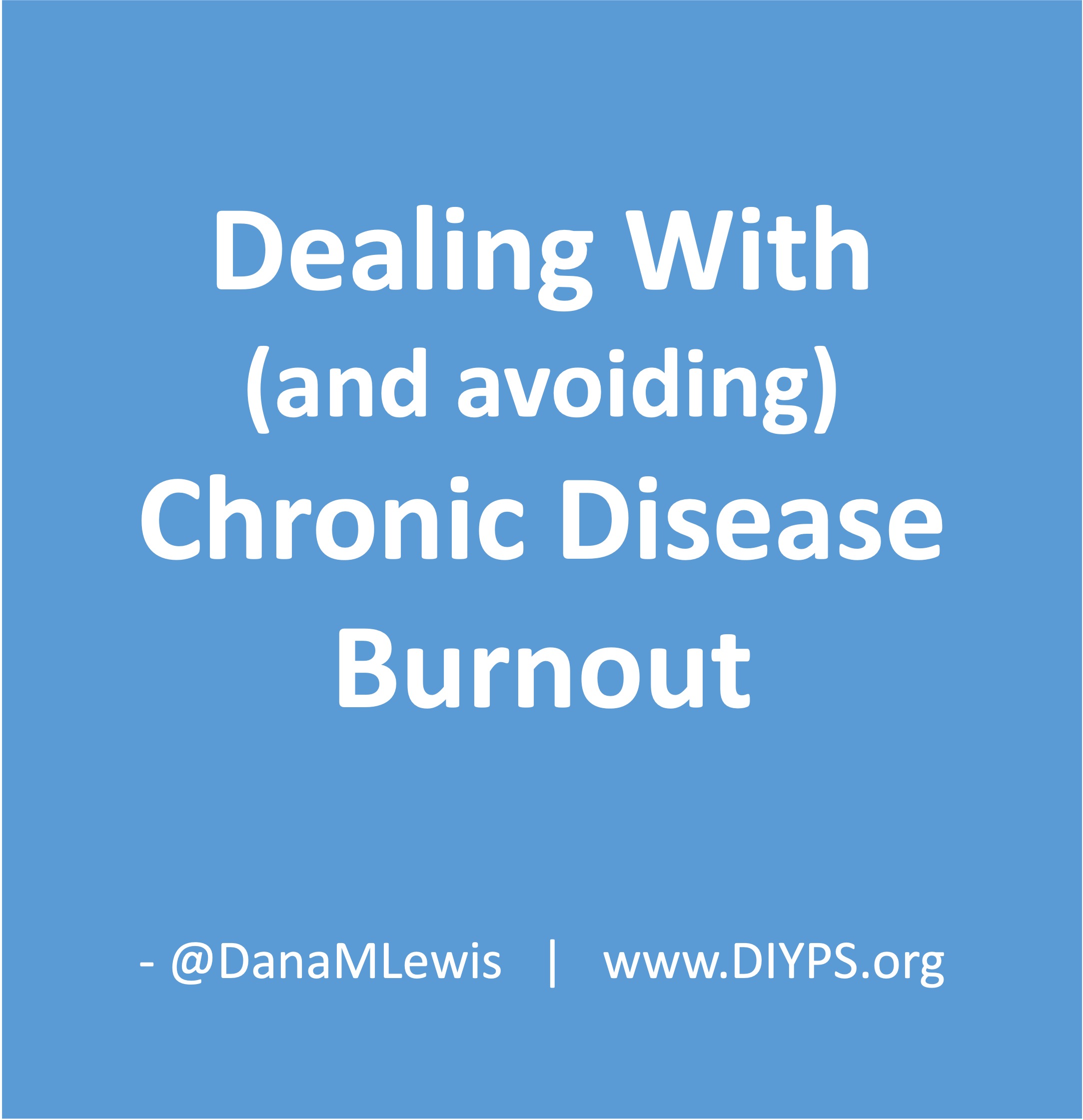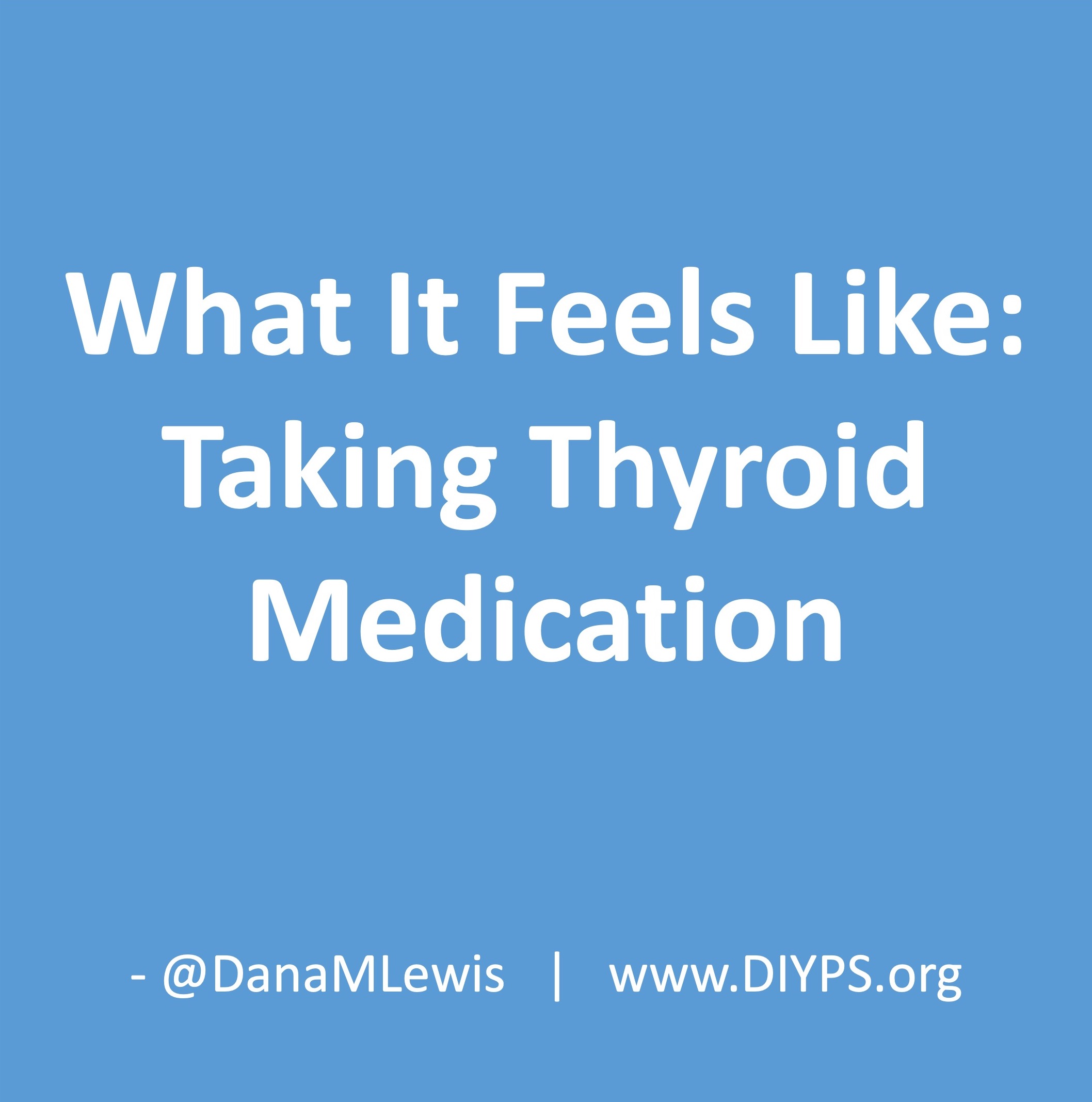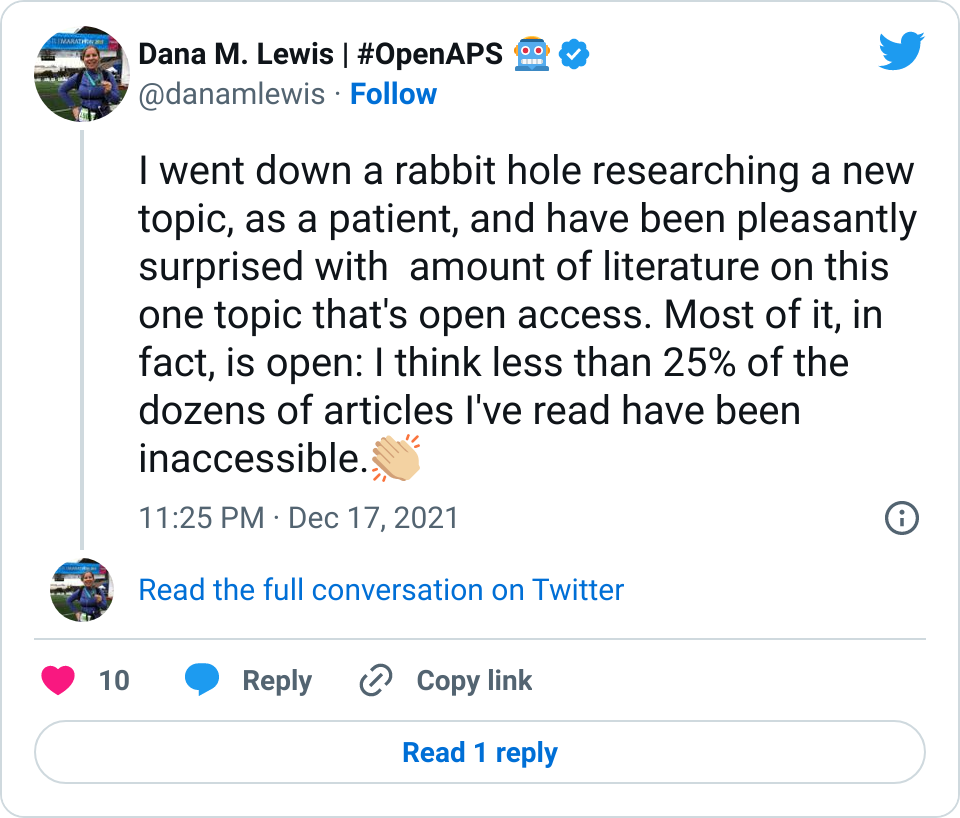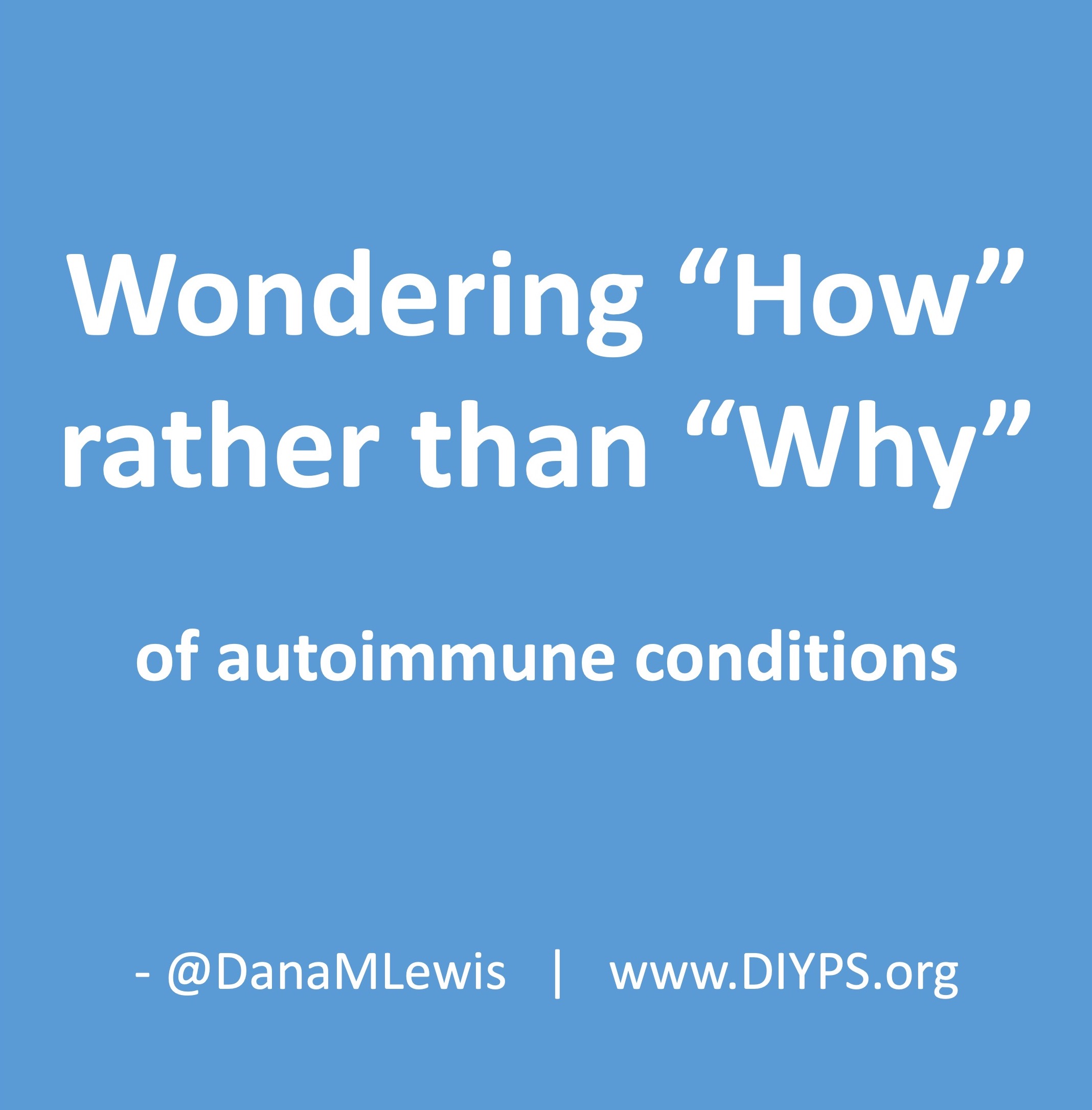I’ve been thinking about juggling lately, especially as this year I’ve had to add a series of new habits and behaviors and medications to manage not one but two new chronic diseases. Getting one new chronic disease is hard; getting another is hard; and the challenges aren’t necessarily linear or exponential, and they’re not necessarily obvious up front.
But sometimes the challenges do compound over time.
In January when I started taking pancreatic enzyme replacement therapy (PERT) for exocrine pancreatic insufficiency (EPI or PEI), I had to teach myself to remember to take enzymes at every meal. Not just some time around the meal, but 100% every time before (by only a few minutes) or right at the start of the meal. With PERT, the timing matters for efficacy. I have a fast/short feedback loop – if I mis-time my enzymes or don’t take them, I get varying symptoms within a few hours that then bother me for the rest of the day, overnight, and into the next morning. So I’m very incentivized to take the enzymes and time them effectively when I eat. However, as I started to travel (my first trip out of the country since the pandemic started), I was nervous about trying to adapt to travel and being out of my routine at home where I’ve placed enzymes in visible eye sight of every location where I might consume food. Thankfully, that all went well and I managed not to forget taking enzymes when I ate and all was well. But I know I’m still building the habit of taking enzymes and eating, and that involves both always having enzymes with me and remembering to get them out and take them. It sounds like a trivial amount of things to remember, but this is added on top of everything else I’m doing for managing my health and well-being.
This includes other “simple” things like taking my allergy medications – because I’m allergic to cats (and we have them!), trees, dust, etc. And vitamins (I’m vitamin D deficient when I don’t take vitamin D).
And brushing my teeth and flossing.
You do that too, right? Or maybe you’re one of those people who struggle to remember to floss. It’s normal.
The list of well-being management gets kind of long when you think about all the every day activities and habits you have to help you stay at your best possible health.
Eat healthy! (You do that, right? 😉 )
Hydrate!
Exercise!
Etc.
I’ve also got the background habits of 20 years of living with diabetes: keeping my pump sites on my body; refilling the reservoir and changing the pump site every few days; making sure the insulin doesn’t get too hot or cold; making sure my CGM data isn’t too noisy; changing my CGM sensor when needed; estimating ballpark carbs and entering them and/or temporary targets to indicate exercise into my open source AID; keeping my AID powered; keeping my pump powered; keeping my phone – which has my CGM visibility on it – powered and nearby. Ordering supplies – batteries and pump sites and reservoirs and CGM transmitters and CGM sensors and insulin and glucagon.
Some of these are daily or every few days tasks; others are once or twice a month or every three months.
Those stack up sometimes where I need to refill a reservoir and oops, get another bottle of insulin out of the fridge which reminds me to make a note to check on my shipment of insulin which hasn’t arrived yet. I also need to change my pump site and my CGM sensor is expiring at bedtime so I need to also go ahead and change it so the CGM warmup period will be done by the time I go to sleep. I want to refill my reservoir and change the pump site after dinner since the dinner insulin is more effective on the existing site; I think of this as I pull my enzymes out to swallow as I start eating. I’ll do the CGM insertion when I do my pump site change. But the CGM warmup period is then in the after-dinner timeframe so I then have to keep an eye on things manually because my AID can’t function without CGM data so 2 hours (or more) of warmup means extra manual diabetes attention. While I’m doing that, I also need to remember to take my allergy medication and vitamin D, plus remembering to take my new thyroid medication at bedtime.
Any given day, that set of overlapping scenarios may be totally fine, and I don’t think anything of them.
On other days, where I might be stressed or overwhelmed by something else – even if it’s not health-related – that can make the above scenario feel overwhelmingly difficult.
One of the strategies I discussed in a previous post relative to planning travel or busy periods like holidays is trying to separate tasks in advance (like pre-filling a reservoir), so the action tasks (inserting a pump site and hooking it up to a new reservoir) don’t take as long. That works well, if you know the busy period is coming.
But sometimes you don’t have awareness of a forthcoming busy period and life happens. Or it’s not necessarily busy, per se, but you start to get overwhelmed and stressed and that leaks over into the necessary care and feeding of medical stuff, like managing pump sites and reservoirs and sensors and medication.
You might start negotiating with yourself: “do I really need to change that pump site today? It can wait until tomorrow”. Or you might wait until your reservoir actually hits the ‘0’ level (which isn’t fully 0; there’s a few units plus or minus some bubbles left) to refill it. Or other things like that, whether it’s not entering carbs into your pump or AID or not bolusing. Depending on your system/setup, those things may not be a big deal. And for a day or two, they’re likely not a big deal overall.
But falling into the rut of these becoming the new normal is not optimal – that’s burnout, and I try to avoid getting there.
When I start to have some of those thought patterns and recognize that I have begun negotiating with myself, I try to voice how I’m feeling to myself and my spouse or family or friends. I tell them I’m starting to feel “crispy” (around the edges) – indicating I’m not fully burnt out, but I could get all the way to burnout if I don’t temporarily change some things. (Or permanently, but often for me temporary shifts are effective.)
One of the first things I do is think through what is the bare minimum necessary care I need to take. I go above and beyond and optimize a LOT of things to get above-target outcomes in most areas. While I like to do those things, they’re not necessary. So I think through the list of necessary things, like: keeping a working pump site on my body; keeping insulin in a reservoir attached to my pump; keeping my CGM sensor working; and keeping my AID powered and nearby.
That then leaves a pile of tasks to consider:
- Not doing at all for ___ period of time
- Not doing myself but asking someone else to do for ____ period of time
And then I either ask or accept the offers of help I get to do some of those things.
When I was in high school and college, I would have weekends where I would ask my parents to help. They would take on the task of carb counting (or estimating) so I didn’t have to. (They also did HEAPS of work for years while I was on their insurance to order and keep supplies in the house and wrangle with insurance so I didn’t have to – that was huge background help that I greatly appreciated.)
Nowadays, there are still things I can and do get other people to help with. Sometimes it’s listening to me vent (with a clear warning that I’m just venting and don’t need suggestions); my parents often still fill that role for me! Since I’m now married and no longer living alone, Scott offers a lot of support especially during those times. Sometimes he fills reservoirs for me, or more often will bring me supplies from the cabinet or fridge to wherever I’m sitting (or even in bed so I don’t have to get up to go change my site). Or he’ll help evaluate and determine that something can wait until a later time to do (e.g. change pump site at another time). Sometimes I get him to open boxes for me and we re-organize how my supplies are to make them easier to grab and go.
Those are diabetes-specific examples, but I’ve also written about how helpful additional help can be sometimes for EPI too, especially with weighing and estimating macronutrient counts so I can figure out my PERT dosing. Or making food once I’ve decided what I want to eat, again so I can separate deciding what to eat and what the counts/dosing is from the action tasks of preparing or cooking the food.
For celiac, one of the biggest changes that has helped was Scott asking family members to load the “Find Me Gluten Free” app on their phone. That way, if we were going out to eat or finding a takeout option, instead of everyone ALWAYS turning to me and saying “what are the gluten free options?”, they could occasionally also skim the app to see what some of the obvious choices were, so I wasn’t always having to drive the family decision making on where to eat.
If you don’t have a chronic illness (or multiple chronic illnesses), these might not sound like a big deal. If you do (even if you have a different set of chronic disease(s)), maybe you recognize some of this.
There are estimates that people with diabetes make hundreds of decisions and actions a day for managing living with diabetes. Multiply that times 20 years. Ditto for celiac, for identifying and preparing and guarding against cross-contamination of said gluten-free food – multiply that work every day times 14 years. And now a year’s worth of *every* time I consider eating anything to estimate (with reading nutrition labels or calculating combinations based on food labels or weighing and googling and estimating compared to other nutrition labels) how much enzymes to take and remembering to swallow the right number of pills at the optimal times. Plus the moral and financial weight of deciding how to balance efficacy with cost of these enzymes. Plus several months now of an additional life-critical medication.
It’s so much work.
It’s easy to get outright burnt out, and common to start to feel a little “crispy” around the edges at times.
If you find yourself in this position, know that it’s normal.
You’re doing a lot, and you’re doing a great job to keep yourself alive.
You can’t do 110% all the time, though, so it is ok to figure out what is the bare minimum and some days throughout the year, just do that, so you can go back to 110%-ing it (or 100%-ing) the other days.
With practice, you will increasingly be able to spot patterns of scenarios or times of the year when you typically get crispy, and maybe you can eventually figure out strategies to adapt in advance (see me over here pre-filling reservoirs ahead of Thanksgiving last week and planning when I’d change my pump site and planning exactly what I would eat for 3 days).
TLDR:
- Living with chronic disease is hard. And the more diseases you have, the harder it can be.
- If you live with or love someone with chronic disease(s), ask them if you can help. If they’re venting, ask if they want you to listen (valuable!) or to let you know if at any point they want help brainstorming or for you to provide suggestions (helpful *if* desired and requested).
- If you’re the one living with chronic disease(s), consider asking for help, even with small things. Don’t let your own judgment (“I should be able to do this!”) get in your way of asking for help. Try it for a day or for a weekend.





Recent Comments